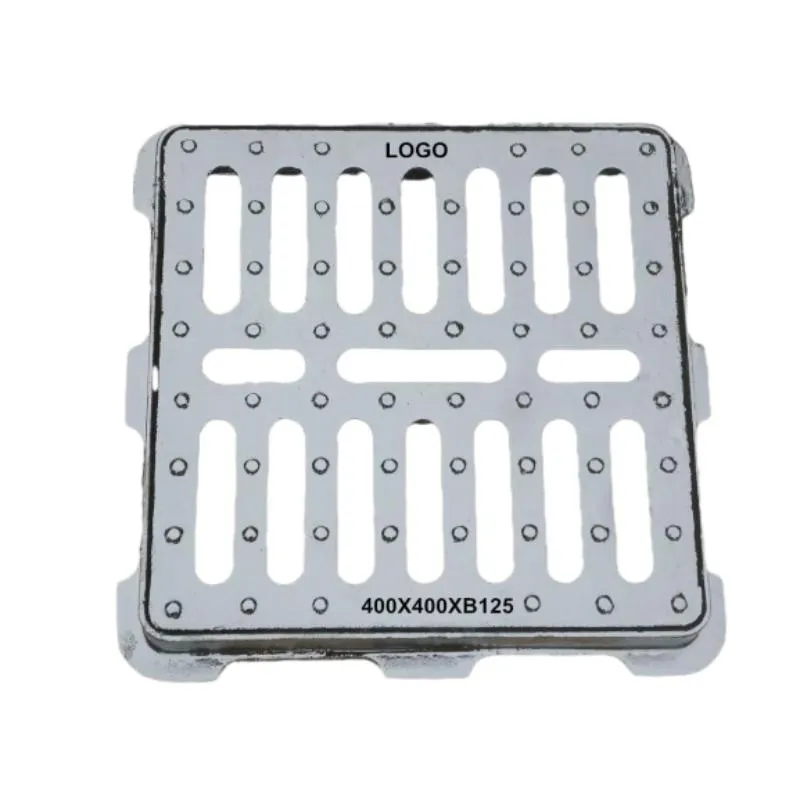air release valve for sprinkler system
Air Release Valve for Sprinkler Systems Importance and Functionality
In contemporary irrigation and sprinkler systems, managing water flow efficiently is paramount. One critical component that facilitates this process is the air release valve. These valves play a vital role in ensuring the optimal functioning of sprinkler systems, particularly in preventing water hammer and maintaining pressure balance throughout the system. Understanding the significance of air release valves is essential for anyone involved in the design, maintenance, or operation of irrigation systems.
What is an Air Release Valve?
An air release valve is a device installed at high points in a sprinkler system to expel air that may become trapped within the pipes. When water flows through the system, it is essential that air is removed to avoid pressure fluctuations and the formation of air pockets, which can compromise the system's efficiency. These valves allow for the automatic release of accumulated air, ensuring a smooth and uninterrupted flow of water.
Importance of Air Release Valves
Air can enter the sprinkler system through various means, including leaks, during the filling process, or even through soil-fitted connection points. If left unaddressed, trapped air can lead to several issues
1. Water Hammer One of the most severe consequences of trapped air is water hammer, a phenomenon where there is a sudden change in fluid velocity, resulting in pressure surges that can damage pipes and fittings. Air release valves help mitigate this risk by allowing trapped air to escape, thus preventing excessive pressure buildup.
2. Reduced Efficiency Air pockets can disrupt the water flow, leading to uneven distribution of water across the land. This can result in overwatering certain areas while leaving others under-watered, ultimately affecting crop yields in agricultural applications.
air release valve for sprinkler system

3. System Damage Continuous pressure fluctuations caused by trapped air can lead to premature wear and tear on various system components. This can necessitate costly repairs or even complete replacement, making timely maintenance a critical aspect of managing any sprinkler system.
Functionality of Air Release Valves
The basic operation of an air release valve involves a float mechanism within the valve housing. When water fills the pipeline, it pushes against the air trapped in the system. The pressure forces the float to rise, which opens the valve and allows air to escape. Once the air is released and the float drops, the valve closes, preventing water from cascading out. This automatic operation minimizes the need for manual intervention, adding convenience to system management.
There are various designs of air release valves, including single and dual outlet configurations. Each design is tailored to specific operational demands, with dual outlet valves often providing better performance in larger systems where significant volumes of air may need to be vented.
Installation and Maintenance
For optimal performance, air release valves should be strategically installed at high points in the sprinkler system where air accumulation is likely. This may include areas such as bends, rises, or at the end of long runs. Regular maintenance of the valves is also crucial. Periodic checks should be performed to ensure they are functioning correctly and not clogged with debris, which can hinder their operation.
Conclusion
In conclusion, air release valves are an indispensable component of any well-designed sprinkler system. They play a crucial role in maintaining efficiency, preventing damage from water hammer, and ensuring even water distribution across the landscape. By understanding the importance of these valves and performing regular maintenance, users can enhance the longevity and performance of their sprinkler systems. As agriculture and landscaping practices continue to evolve, the integration of effective components like air release valves will remain essential for achieving optimal results in water management.
-
The Smarter Choice for Pedestrian AreasNewsJun.30,2025
-
The Gold Standard in Round Drain CoversNewsJun.30,2025
-
The Gold Standard in Manhole Cover SystemsNewsJun.30,2025
-
Superior Drainage Solutions with Premium Gully GratesNewsJun.30,2025
-
Superior Drainage Solutions for Global InfrastructureNewsJun.30,2025
-
Square Manhole Solutions for Modern InfrastructureNewsJun.30,2025
-
Premium Manhole Covers for Modern InfrastructureNewsJun.30,2025
